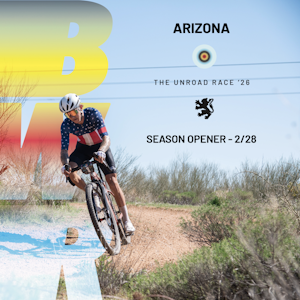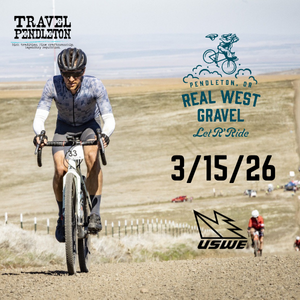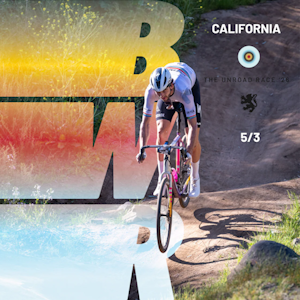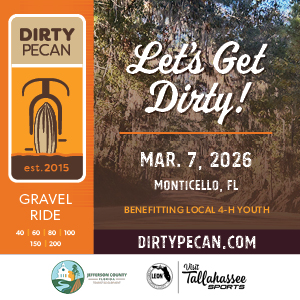Making Gravel Standard
Well known West Coast cyclist Neil Shirley formulates a standard, as the U.S. born Gravel Grinder phenomenon continues to grow at an alarming pace - worldwide
The Gravel Grinder, aka the Gravel Fondo in Europe, from the dirt roads of Colorado’s Haute Route Rockies to the unforgiving Flint Hills of the Dirty Kanza 200, the popularity of events that take riders away from the comforts of the pavement just keeps growing. As more mixed-surface and gravel events continue popping up all over the globe, the question of which tire size, and in some cases, what kind of bike is suitable for the event, often arise.
Picture Below: Ex-professional cyclist Neil Shirley raced on the road at National and International levels, is an veteran World Champion on gravel too.

Unlike the pavement, which has little variance in equipment needs regardless of where you’re at geographically, gravel and dirt roads are not all created equally and each place very different demands on equipment. In order to help end the confusion around the terminology and how unpaved road conditions might differ from one region or event to the next, the Industry Standard Guide to Gravel (ISGG) offers an easy reference to help define what equipment should be considered for each category of gravel difficulty.
Picture Below: Gravel - where the pavement ends
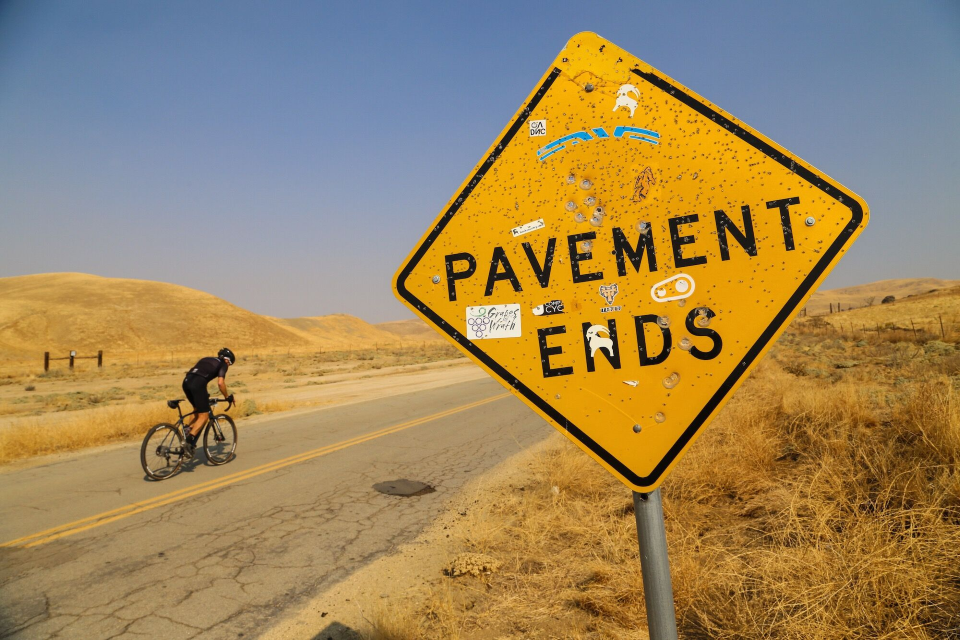
As this is only a guide, there will be a number of other factors to think about when considering your setup. Things such as rider skill level and percentage of dirt to pavement are two notable considerations. Riders that are not as comfortable or new to riding a drop bar bike off road should opt for a more conservative approach and go up one category in equipment setup. The ratio between off-road and on-road is also a notable factor. Take the Belgian Waffle Ride for example where a number of the off-road sections would fall under Category 3 and 4, yet due to the overall percentage of pavement and lesser category gravel sections, the recommended equipment setup for a competitive rider would fall under Category 2. It’s about striking a balance between efficiency off-road with efficiency on-road–it’s a true dichotomy.
Category 1 Gravel
Smooth, well maintained dirt roads that have either very small gravel chunks, or none at all, and are very much road bike-friendly. These roads are in better condition than many paved roads in the U.S. and are hard packed, offering little more difficulty than riding on tarmac. There are a number of roads like this in Colorado that have a magnesium chloride treatment to keep the dust down and harden the top layer of dirt. Roads like these are often found in a number of Gran Fondos to add a little more adventure to the event.
Ideal bike: Road bike
Tire size: 25-28mm
Event examples: Haute Route Rockies, Battenkill Roubaix
Picture Below: Category 1 Gravel - Smooth, well maintained dirt roads that have either very small gravel chunks, or none at all, and are very much road bike-friendly.
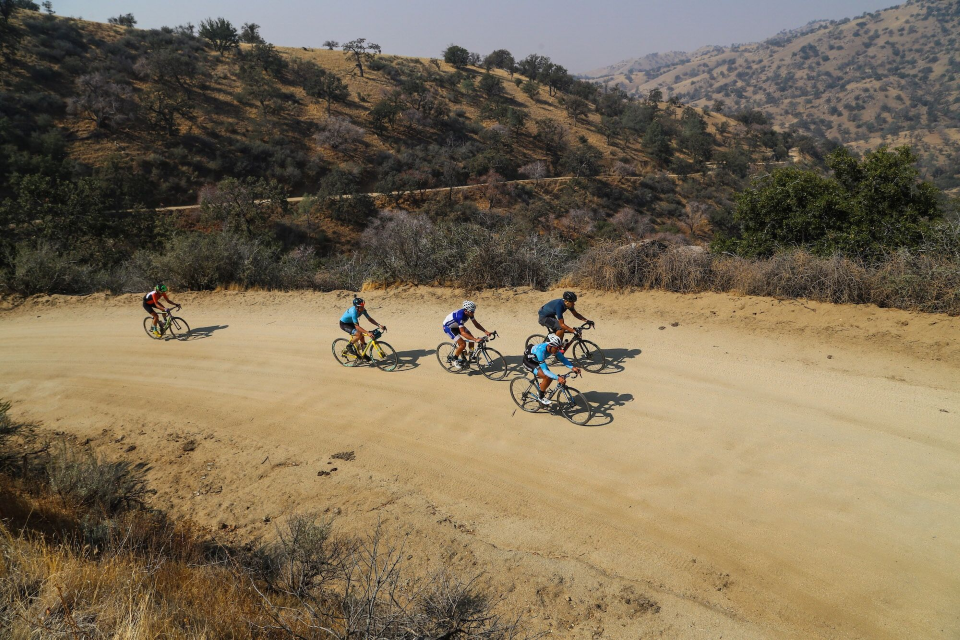
Category 2 Gravel
Expect potholes, washboard and probably loose, blown out corners. There is likely to be gravel outside of the main tire tracks that could cause an extra challenge if one was to come off their line. A road bike is just fine, but more skill is needed when cornering at speed. Going up in tire size compared to an everyday road setup is recommended in order to benefit from the reduced risk of pinch flatting and pneumatic suspension a higher volume tire allows.
Ideal bike: Endurance road bike
Tire size: 28-32mm
Event examples: Gravel Worlds, Dirty Devil, Boulder Roubaix, Belgian Waffle Ride, Grapes Of Wrath
Picture Below: Category 2 Gravel - Expect potholes, washboard and probably loose, blown out corners.
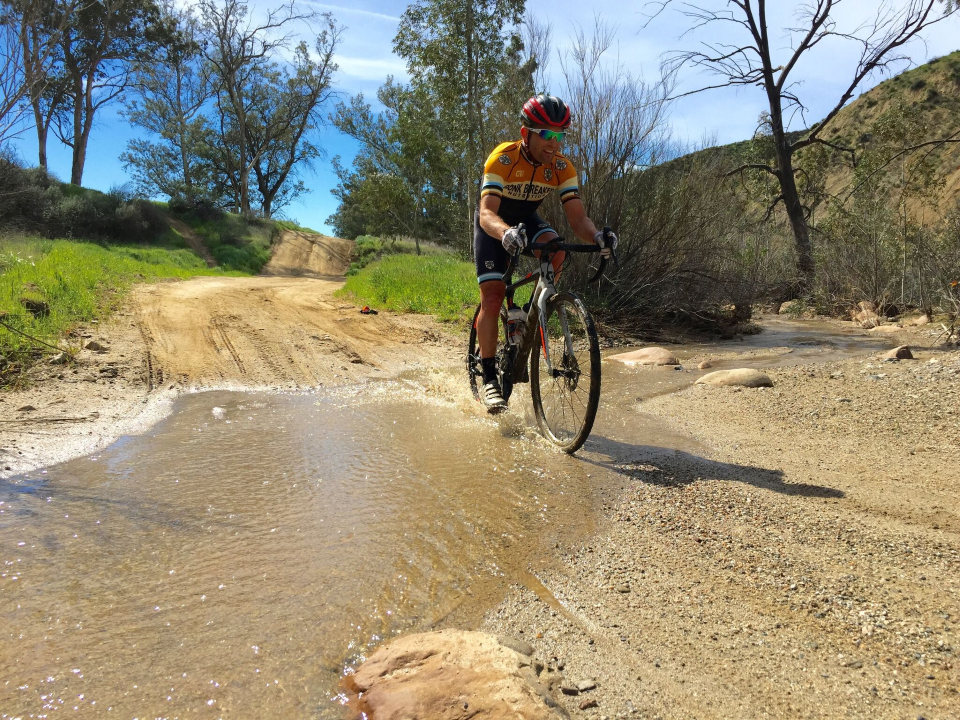
Category 3 Gravel
Infrequently maintained roads that require a high level of skill when tackling on a road bike due to exposed rocks, tire eating rain ruts, sand bogs and any number of other unexpected challenges that could arise around the next corner. Unless a Category 3 Gravel section is added merely as a short connector, a gravel bike with 33-38mm tires that offer side knobs is the recommended equipment to achieve both speed and safety.
Ideal bike: Gravel bike
Tire size: 33-38mm
Event examples: Rebecca’s Private Idaho, Landrun 100, Crusher In The Tushar, Rock Cobbler, Gravel MOB, SPNDX Stampede, Chino Grinder
Picture Below: Category 3 Gravel - Infrequently maintained roads that require a high level of skill when tackling on a road bike.
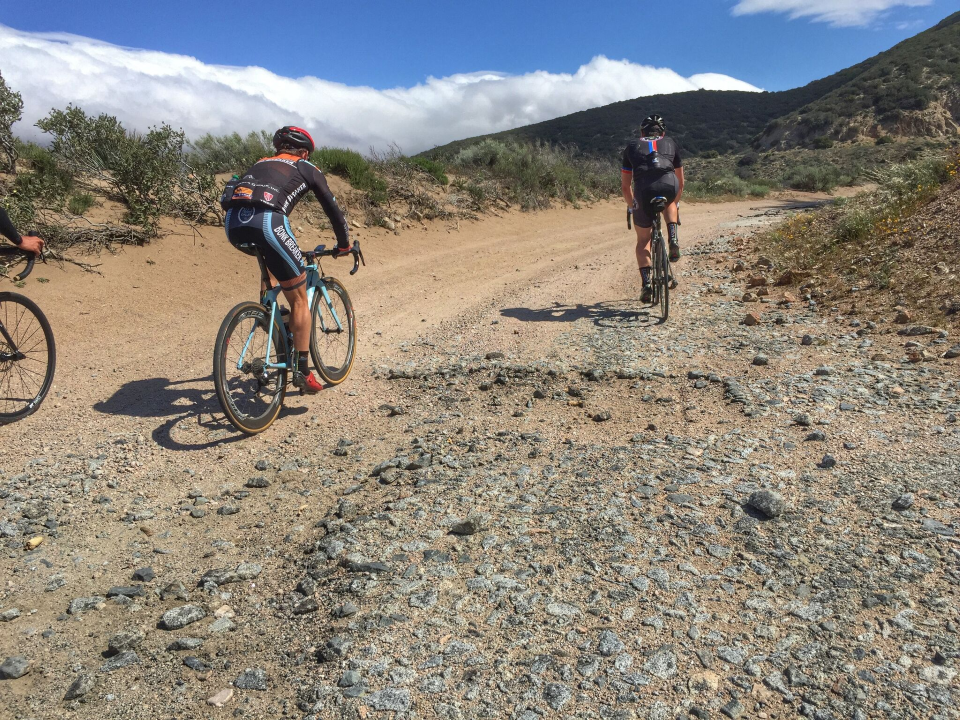
Category 4 Gravel
Non-maintained Forestry roads common in California would be considered Category 4 due to deep ruts, rock gardens, and potential landslides left for the next gravel rider to stumble upon. Going with high volume tires will help provide pneumatic suspension, reduce the risk of a pinch flat, and provide greater traction is in the corners and on steep, loose climbs.
Ideal bike: Gravel bike
Tire size: 38-42+mm, or Road Plus (650b wheels with 42+mm tires)
Event examples: Dirty Kanza, Grinduro, Lost and Found
Picture Below: Category 4 Gravel - Non-maintained Forestry roads common in California would be considered Category 4 due to deep ruts, rock gardens, and potential landslides.

Thank You
This article was kindly reproduced with Lyman Agency's permission. All credits to Neil Shirley and the Lyman Agency.
Picture Below: Course planning and tyre selection are important in Gravel races
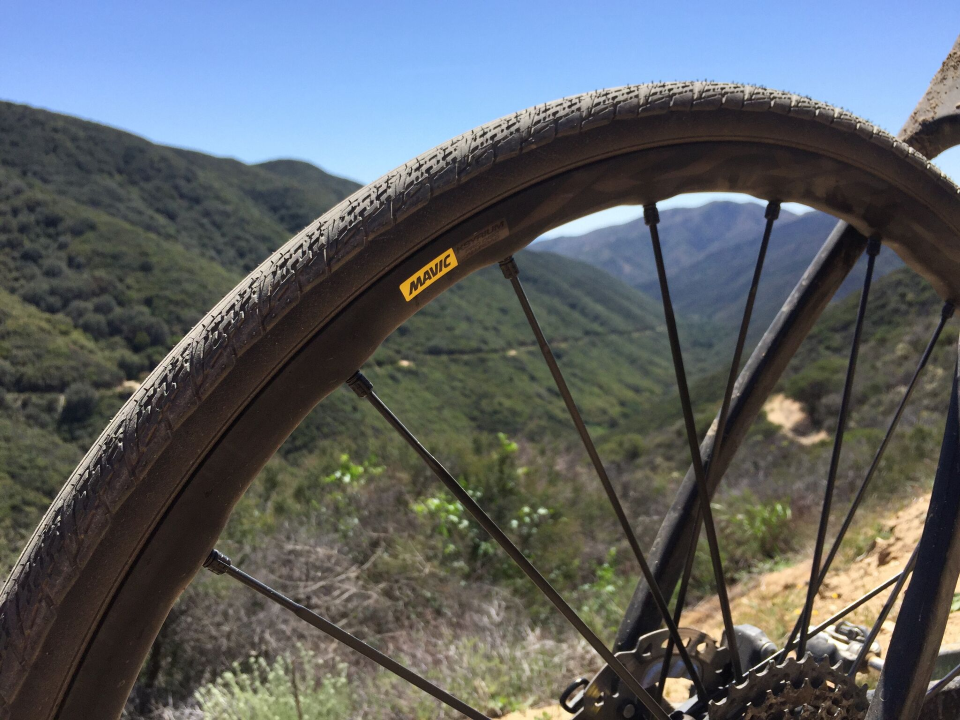


 Sun Jan 18 - 4am, 9am, 3pm EST
Sun Jan 18 - 4am, 9am, 3pm EST